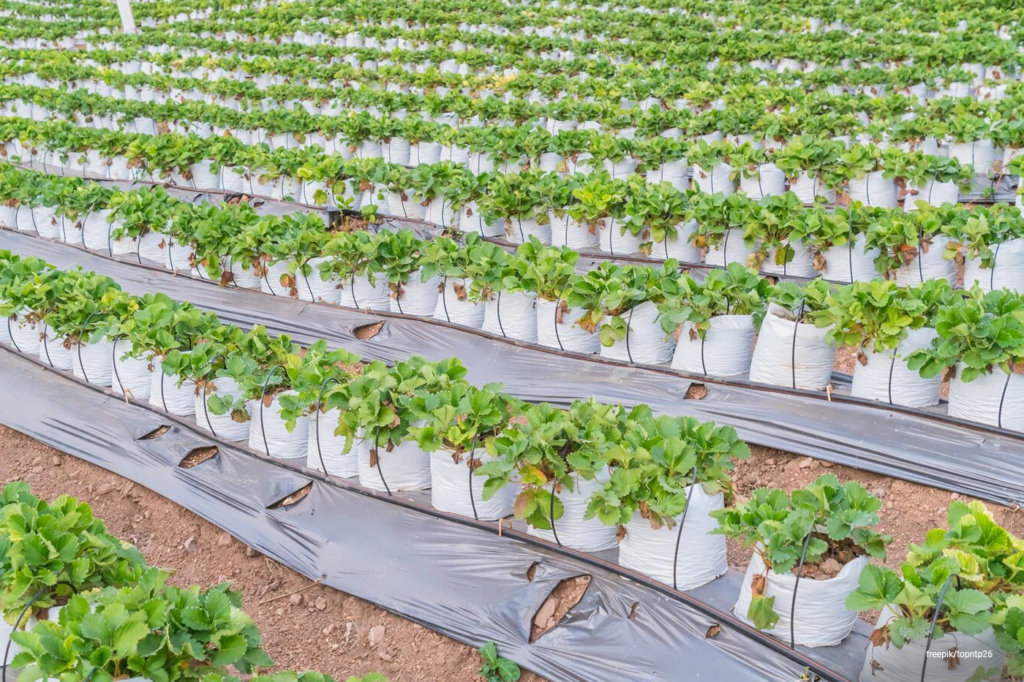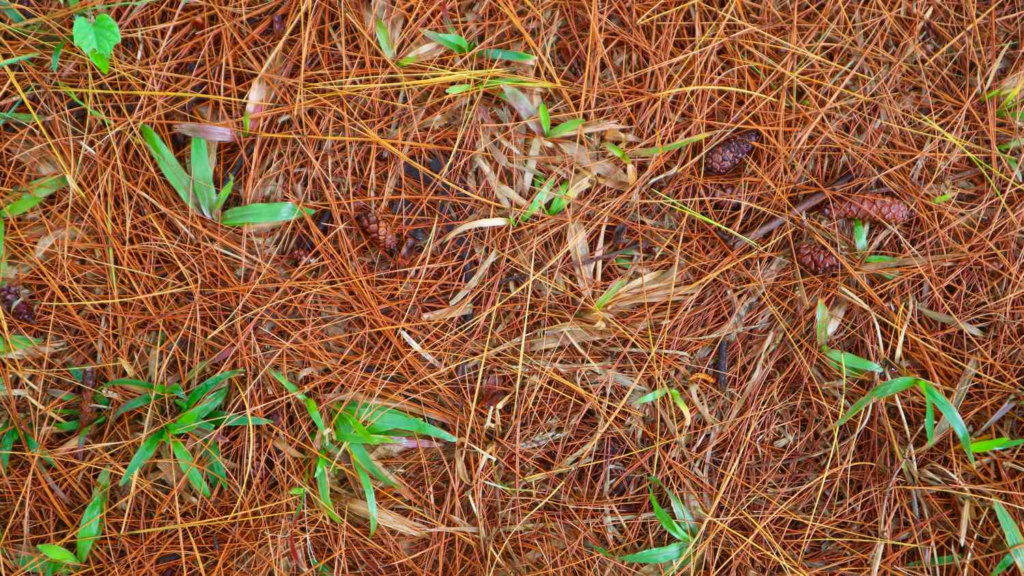Mulching in the vegetable garden provides many benefits, enhancing productivity while creating a more pleasant gardening experience. A well-chosen mulch can regulate soil temperature, conserve moisture, suppress weeds, reduce diseases, and keep vegetables cleaner. However, improper mulching can cause problems, such as attracting pests, delaying soil warming, or introducing harmful chemicals. Here’s a breakdown of the pros and cons of different types of mulch and tips for avoiding potential issues.
Mulches and Pests
Mulching too early can invite unwanted pests. For example, slugs, earwigs, and grubs often hide in mulches like leaf litter or straw. A story from my friend Betty illustrates this: after applying leaf mulch to her flower garden, she found her pansies devoured by slugs overnight. Before using any new mulch, it’s a good idea to test it by placing a small sample in a glass jar overnight to check for pests.
Timing is also crucial. Mulching too soon in spring, especially when the soil is still cold and wet, can encourage pests like slugs and cutworms. Additionally, early mulching may smother delicate seedlings or slow soil warming, ultimately hindering plant growth.
Plastic Mulches
Plastic mulches are often used to increase soil temperature and keep crops clean, but they come with significant drawbacks. As plastic breaks down, it degrades into microplastics, which remain in the soil and can be absorbed by plants. Recent studies have found microplastics in vegetables like apples, carrots, and lettuce, raising concerns about the long-term health effects. Instead of plastic, consider using alternatives like newspaper, cotton cloth, or uncoated cardboard topped with organic mulch like grass clippings or straw. These materials are biodegradable and won’t contribute to soil pollution.

Herbicide Contamination in Mulches
Be cautious when purchasing hay or straw as mulch, as these materials may contain herbicide residues. The herbicide aminopyralid, used in pasture weed control, can persist in hay, straw, and manure and cause severe damage to crops like tomatoes and beans. If you notice curled or deformed leaves after applying mulch, remove the contaminated material immediately to prevent further damage.
Cotton Cloth Mulch
Cotton cloth mulch is an excellent choice for protecting soil from erosion, especially after heavy rainfall. Raindrops can cause soil particles to splash up to five feet, creating crusts that impede water absorption and damage seeds. By laying strips of cotton cloth between crops like lettuce and spinach, you can reduce splash erosion, keep soil in place, and prevent waterlogged surfaces. Cotton cloth is easy to apply, reusable, and can be quickly removed when not needed.
Pine Straw Mulch
Pine straw mulch is another great option, especially around strawberries or tomatoes. It filters out harmful fungal spores that cause leaf spot diseases and reduces soil erosion. Additionally, pine straw helps acidify the soil, which is beneficial for certain crops, and creates a clean bed for ripening fruit.

Wood Chip Mulch
Wood chip mulch is ideal for long-lived plants like berries and fruit trees. It’s durable, weed-resistant, and moisture-retentive, making it a great choice for permanent plantings. Aged wood chips also slowly add organic matter to the soil, improving its structure without altering pH levels. Although wood chips are excellent for suppressing weeds, they aren’t entirely foolproof. If you’re dealing with persistent perennial weeds, be sure to consult resources on how to manage them with mulch.
In conclusion, choosing the right mulch can have a major impact on the health and productivity of your garden. By selecting the best materials and applying them at the right time, you can enjoy a more fruitful and sustainable gardening experience.
